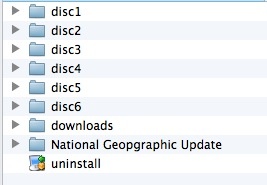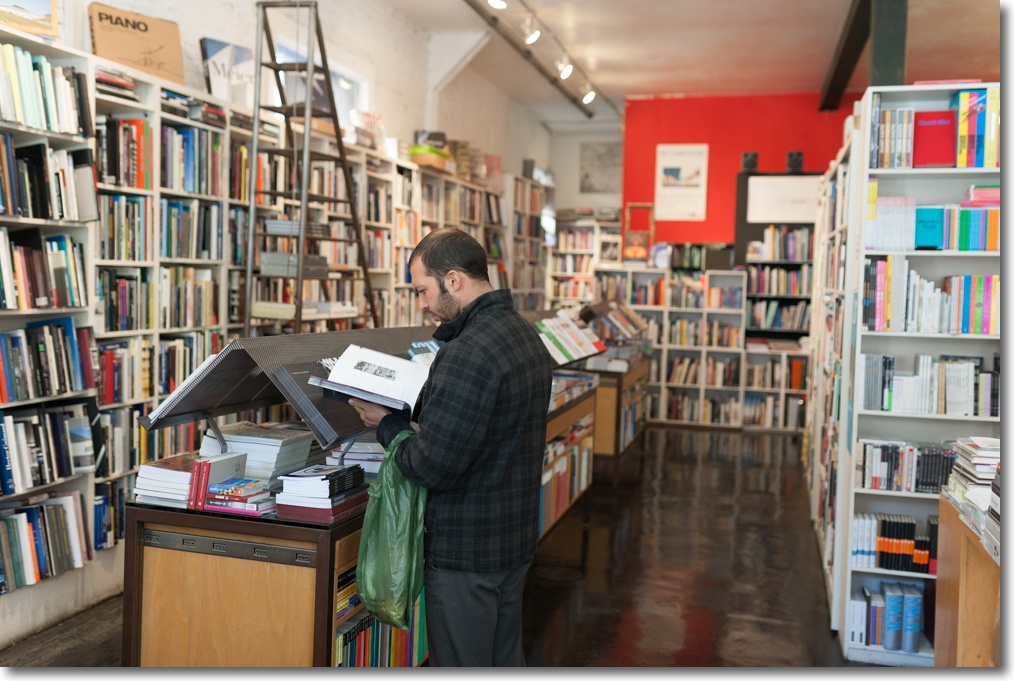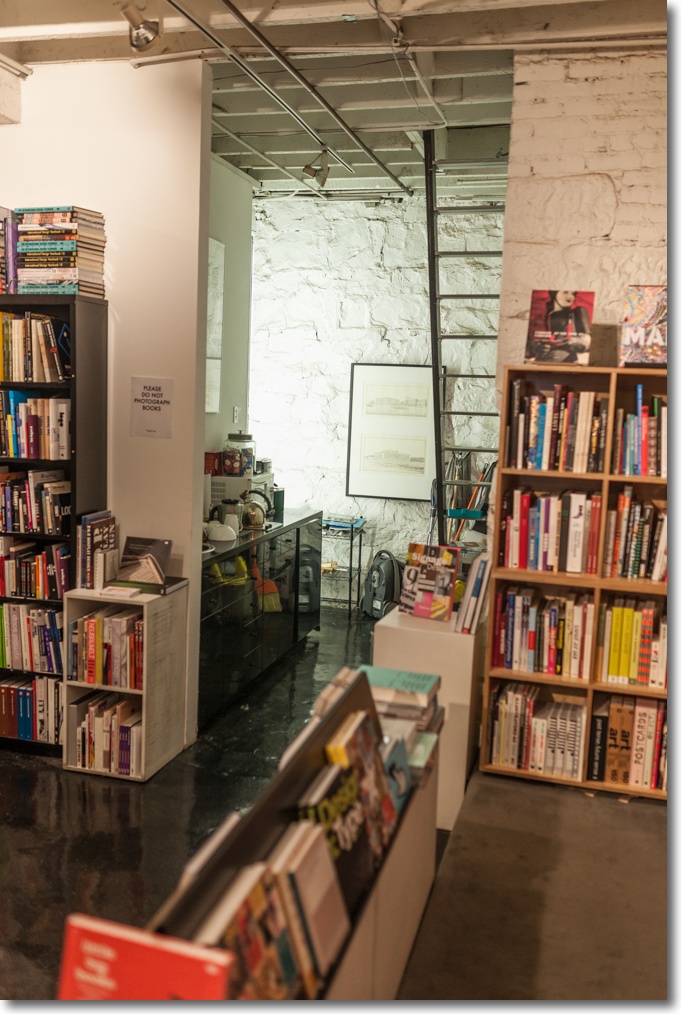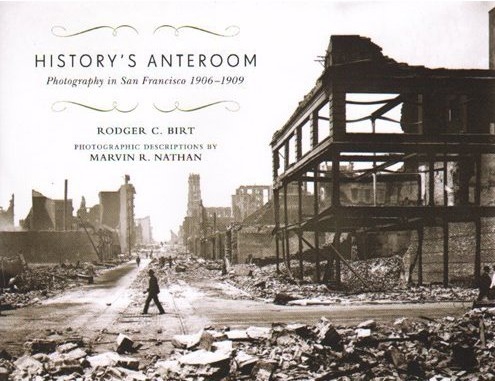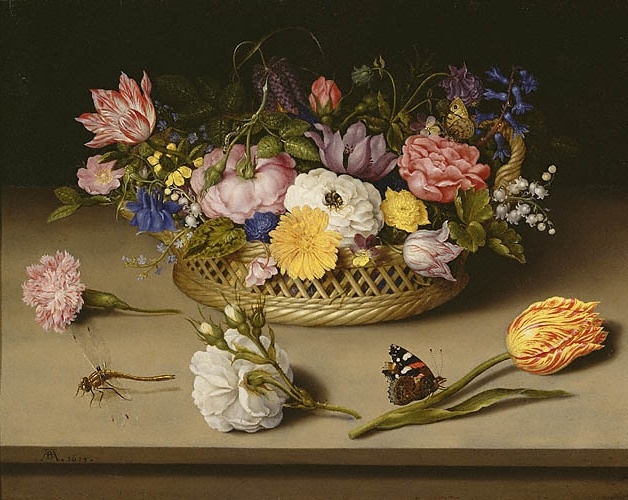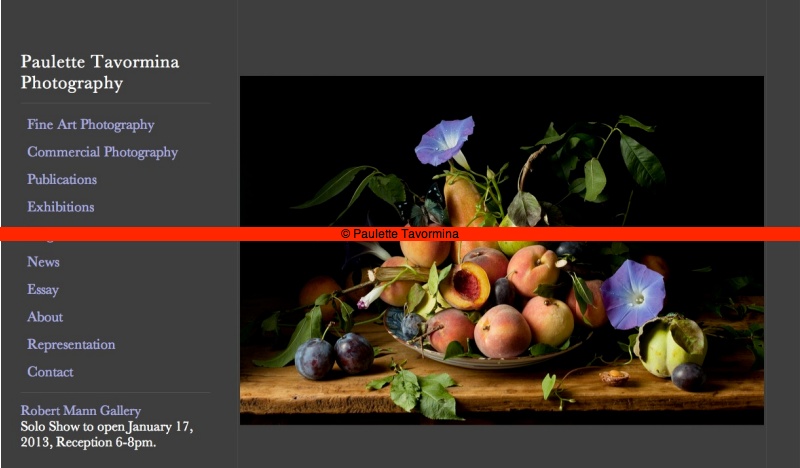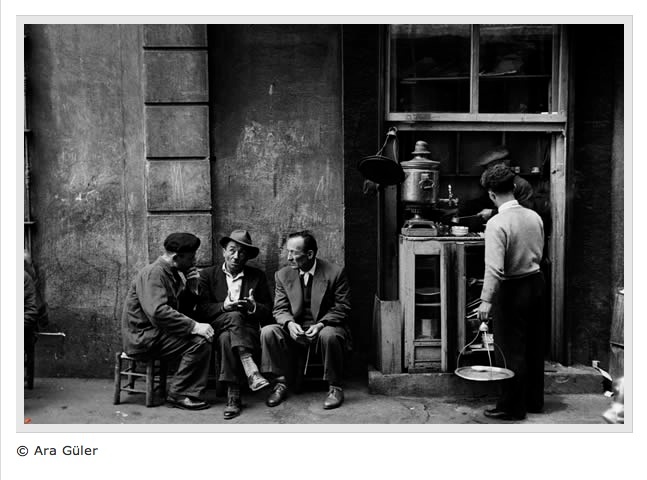Outstanding in every way.
I mentioned that National Geographic was practically giving away its library of issues the other day and sure enough, my box with seven DVDs arrived in a scant eight business days. The best way to enjoy these is to move them to your hard drive, thus avoiding the need to constantly load new DVDs and simultaneously greatly enhancing speed of access. DVDs are sloooow and they are damage prone. Plus they are unstable and can get scrambled over time. The current special offer price is $29.99 + tax and shipping.
The included app has the ability to move all content to your HDD and is well designed.
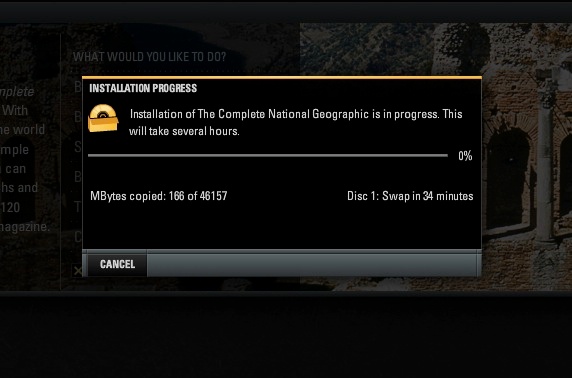
46.2GB. Non trivial storage volume. Actual space used comes in at 48GB.
Be warned though. All that photographic content comes at a price – large storage requirements.
If your intent is to move all content to an HDD, don’t pay the extra $5 for the slip case. You will never be accessing these DVDs again. The seven DVDs, spanning from the first issue in 1888 through December, 2011, took three hours to copy on my nuclear powered Hackintosh. An alternative is to move the contents to an SDHC card, with 64GB cards now selling for around $40. This would be ideal for travelers, as taking up that much precious space on a laptop’s drive is probably unrealistic. I would suggest setting up the SDHC card as two volumes. One some 50GB for NatGeo and the other for the remainder, for use in your regular digital camera as a storage medium. That way, when you format your SDHC card, you only format this one volume, leaving the other unchanged.
Given the scope of the project it would be churlish to complain about the migration process. I had to do a couple of Force Quits between discs but no content was lost. Sometimes the app needs a Force Quit before it will fire up but it’s not a big problem in exchange for the content. I’m using Mountain Lion 10.8.2 and the app uses Adobe’s Air app to display the pages. Air will be downloaded and installed as part of the copying process if not already on your HDD. The app installs on PCs and Macs.
The first issue is sparse beyond belief, no ads, no images, just very dense text. This was back in the day when readers had an attention span.
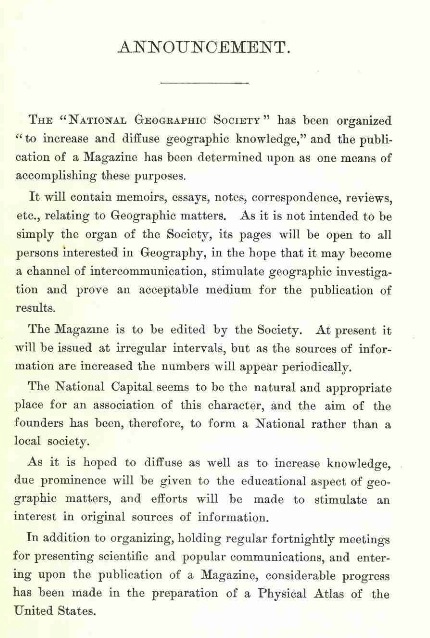
1888 – first issue.
Here, by contrast, is an article from the December, 2011 issue, the latest included, speaking to how an NG photographer is using a helicam to capture aerial images. How times change.
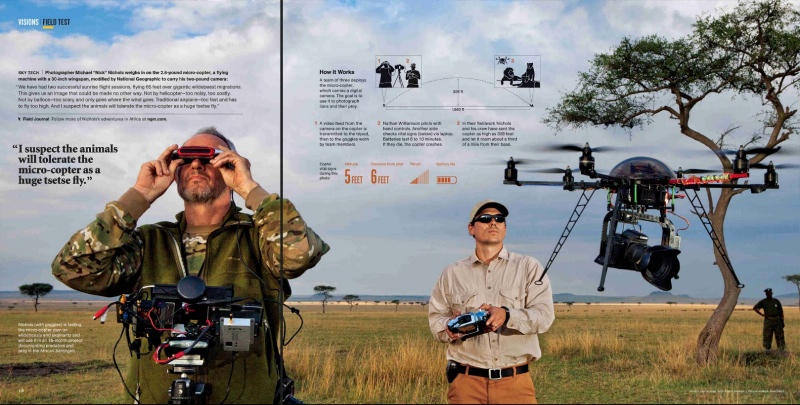 December, 2011.
December, 2011.
Browsing is well engineered. After you drill down to a year, you get this:
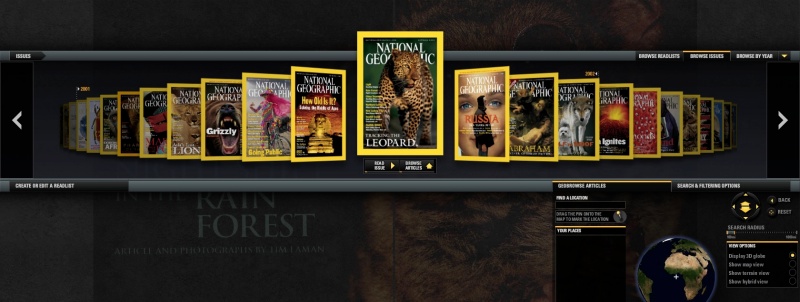 The annual browser.
The annual browser.
Choose an issue and you can see a clickable table of contents:
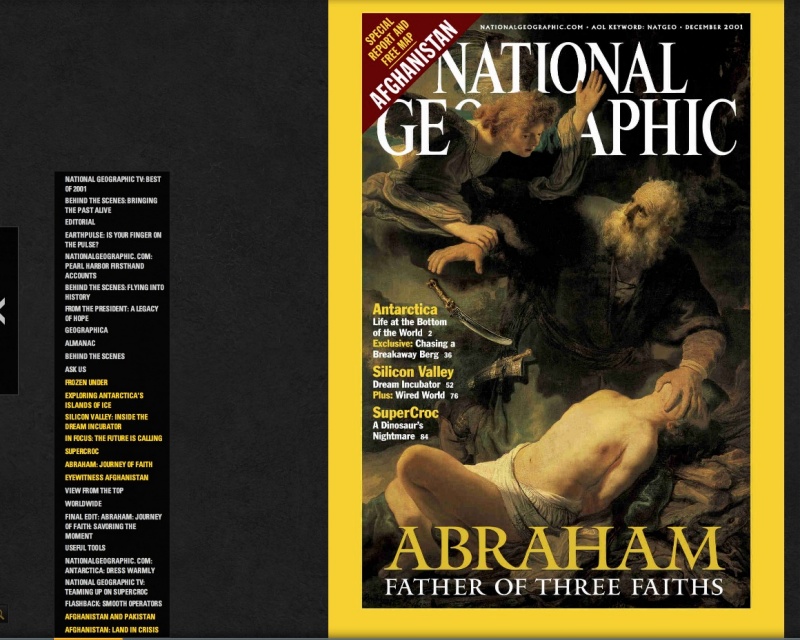 Clickable TOC.
Clickable TOC.
From an HDD installation, any page is accessed in one second or less.
Bookmarking is easy and effective:
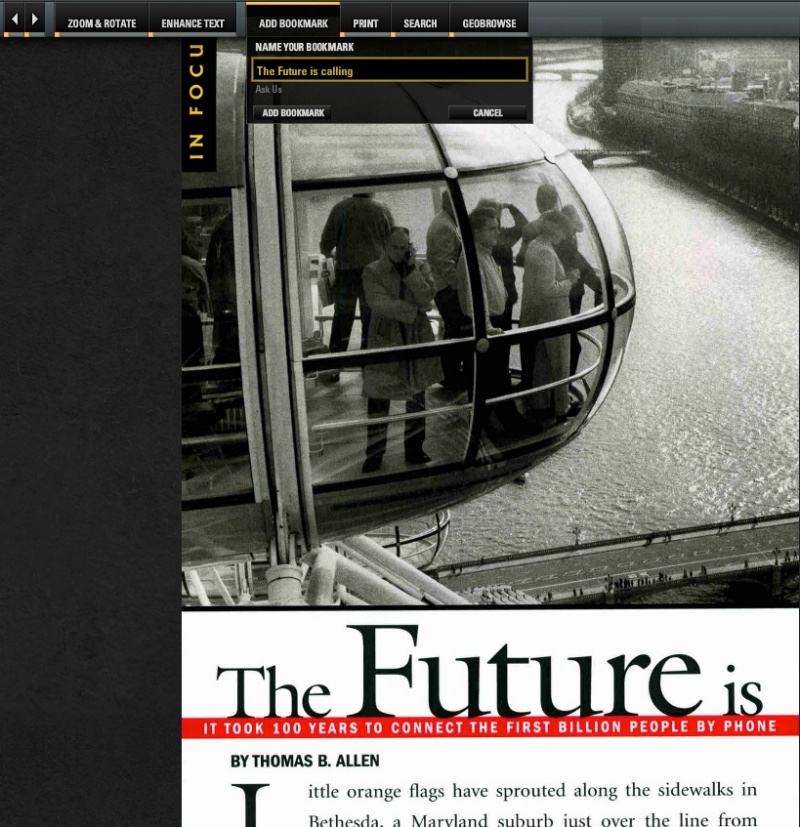 Bookmarking.
Bookmarking.
Looking at NG’s web site I see there are many complaints about app crashes in earlier versions, through about 2009. These seem to have mostly been resolved and I am experiencing no issues other than those mentioned above.
Many believe that NG is about landscapes and animals, and while those genres are reason enough to buy this set, there is far more to the magazine than that. It’s a history of American exploration, superb photography and, not least, a record of ethnography and culture through the many advertisements included in the magazine’s pages.
While the early color work, dating from the 1950s, is fine, the quality of the reproductions (meaning of the originals) really comes into its own in the dying years of the color film era, say through 2000, and the stunning quality of modern digital in the past decade or so. Viewed on a 22″ computer monitor or on a 42″ TV the quality of most of the recent work makes me glad I’m not competing as a nature or wildlife snapper for a living. It’s hard to see what can be said better than is shown in the work on display here.
 Early 1950s Kodachrome.
Early 1950s Kodachrome.
For any photographer, let alone historian, archaeologist, ethnographer, you name it, this is simply a must have. The prospect of having 200,000+ images to enjoy over the coming years for the price of a couple of BigMacs, requiring zero physical storage space is hard to believe. Further, viewed on an LCD screen you see the images in much the same quality as the original slides or digital files contemplated.
But forget quality and resolution and all those technicians’ bugbears. There’s no better place to start than the December 1969 issue and it looks like this – the greatest accomplishment of the greatest nation ever:
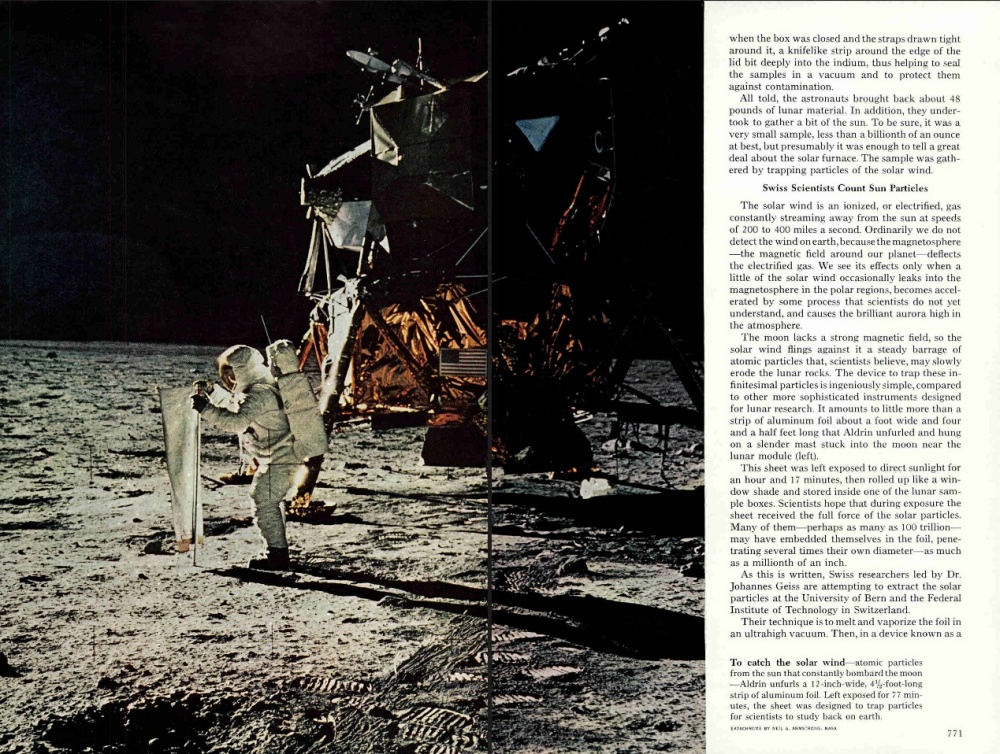 Aldrin raises the flag. December 1969 issue. Neil Armstrong used a Hasselblad 500EL to make the snap.
Aldrin raises the flag. December 1969 issue. Neil Armstrong used a Hasselblad 500EL to make the snap.
A great photography bargain.
Updates:
By registering online with NG you can get updates of every issue at a cost of $9.95 a year.
Installation on a MacBook Air:
My MBA is the 128GB memory model and has more than enough space to accommodate NatGeo. But installation proved tricky. I inserted Disk 1 (installer plus latest volumes) in an external DVD drive directing installation to the MBA but the installer fails. NG’s technical support has been of no help either.
I managed to install it, however, using this technique:
- Insert Disk 1 in the external DVD player – I use a $35 Amazon Basics one with a proper tray in preference to the overpriced and unreliable slot-loading Apple version. In my experience slot loaders have a very limited life span.
- Create a disk image (compressed – the default) using Disk Utility, directing it to the MBA’s Desktop. This took an hour to execute.
- Double click the disk image on the MBA’s Desktop. This will allow installation of the app and issues on Disk 1 on the MBA.
- The other DVDs contain issues only. You can simply copy these into the same directory where you installed Disk 1, using Drag-and-Drop. Far faster than using the NG installer.
This is how you want your issues directory to look:
